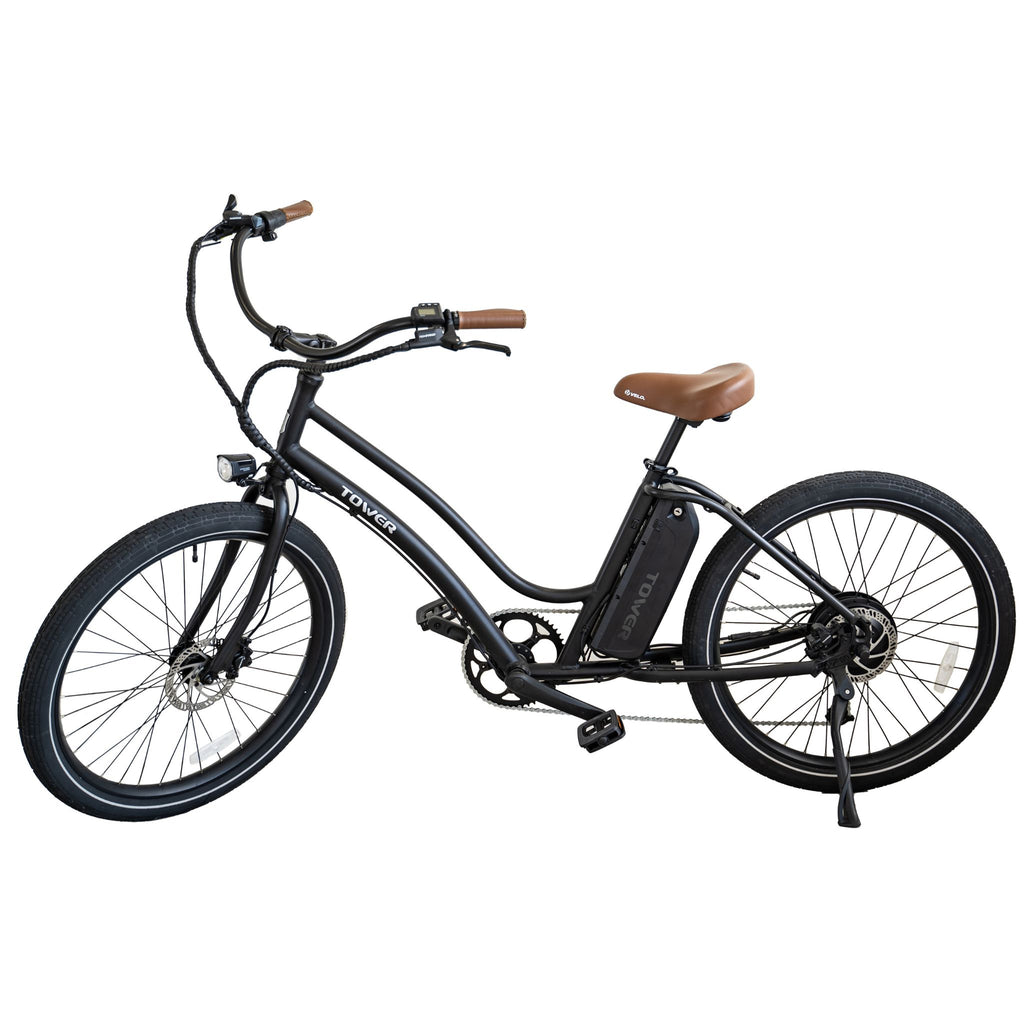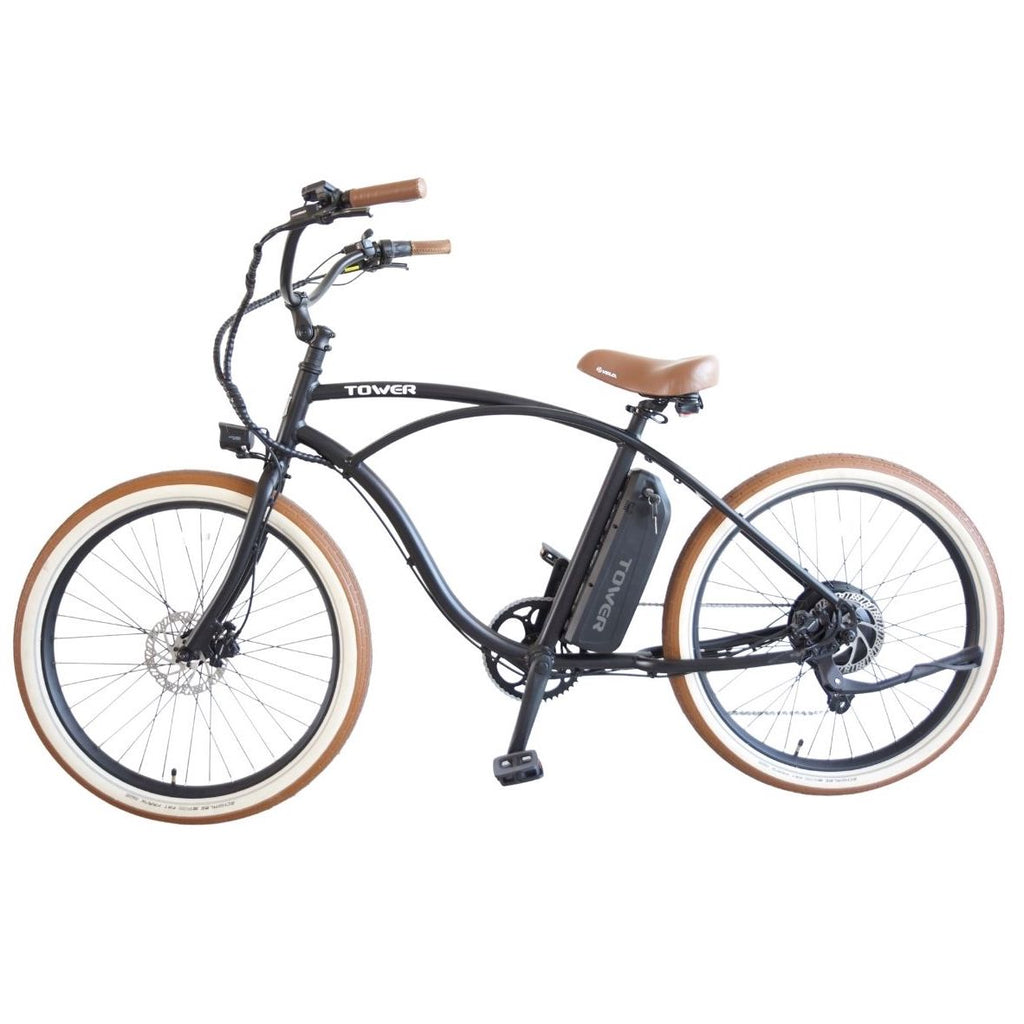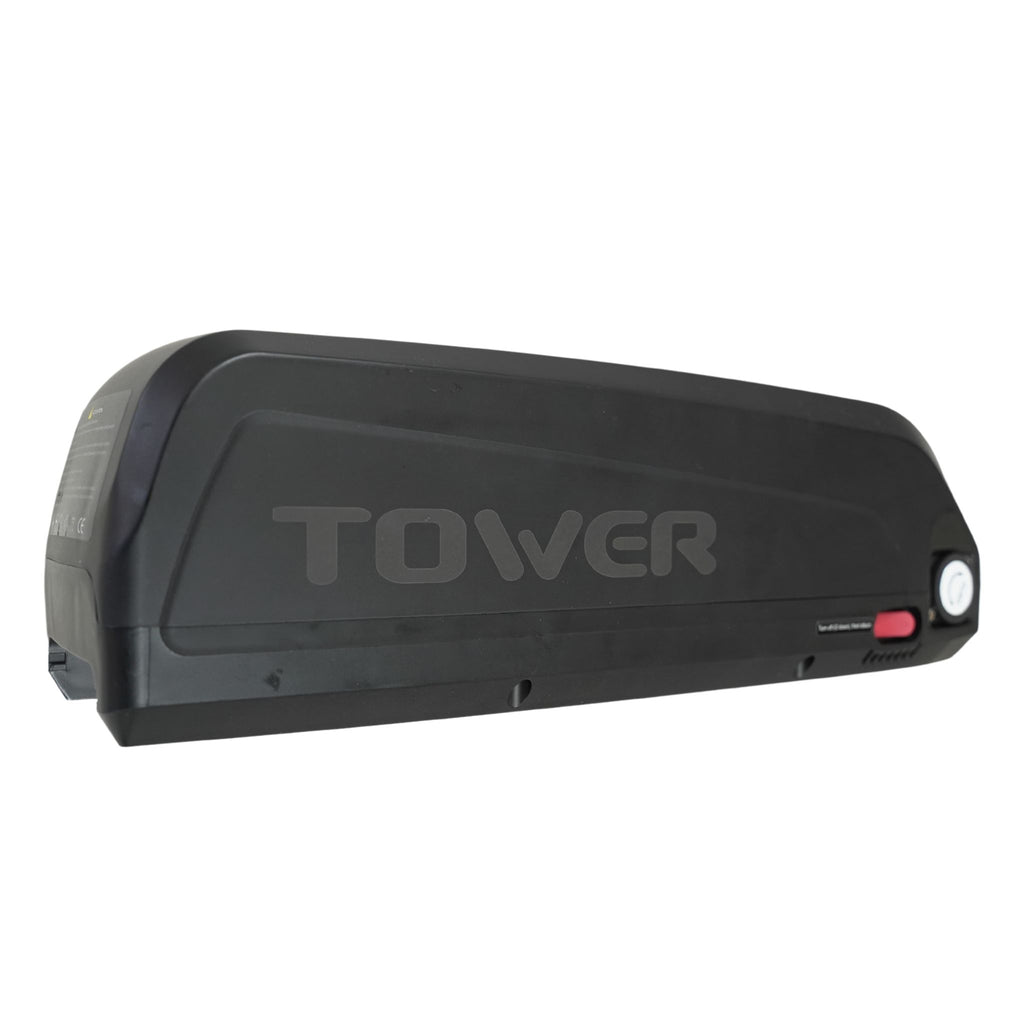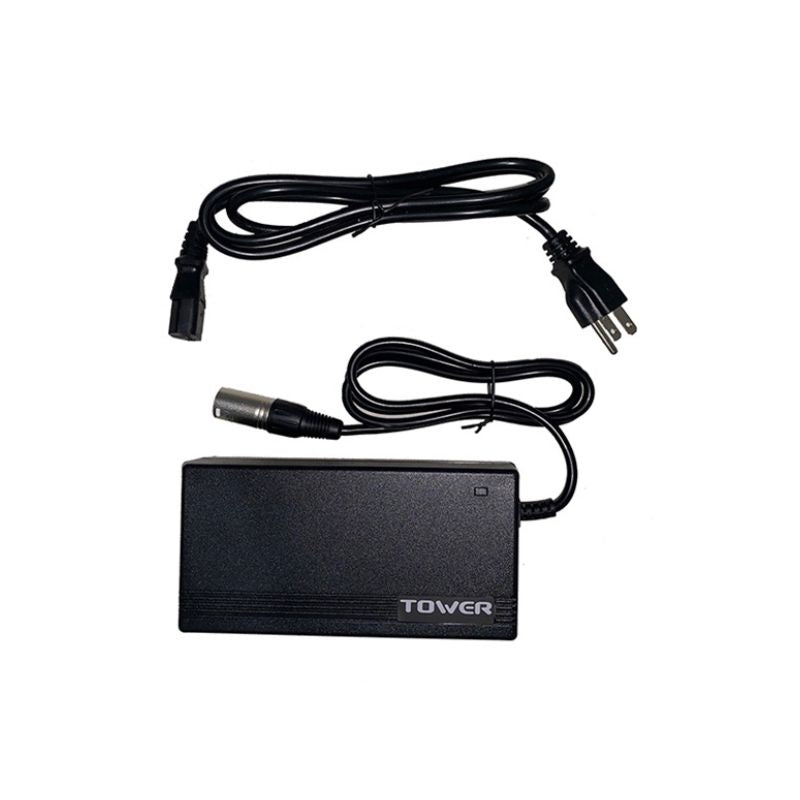When troubleshooting your electrical system, there are several tools and processes you will do to help you along your way and find out how your bike is performing.
For many issues on your ebike, they can be very easy to solve. Something like the LCD Display not lighting up or the buttons not working would not need much diagnosis, as the problem is easy to see as the LCD Display itself and the solution would just be replacing it. But many issues on the ebike are not as easily diagnosed. Something like the bike not powering on can be caused by several different things. We have several processes we would then try to zone in on what the problem is.
One of the key methods we will do at the start of any diagnosis is to check the connections on the electrical components. If a cable is not plugged in properly or all of the way, you can have diminished or not functionality in the part. On top of making sure all of the connections are snug and in place, we also have to make sure the pins themselves that make the connections are good and intact. If a plug has been plugged in improperly or forced in, there can be damage to the pins. The pins in the connections should all be straight and pointed outward. If any of the pins look bent or pressed down, this would be an indication of a problem part. Depending on how bad the pin damage is, you may be able to bend the pin straight, while other times you must simply replace the part.

One of the critical tools you will need for doing your own electrical diagnosis is a Digital Multimeter.
We use and usually recommend this one for an inexpensive option, however any multimeter that is auto-ranging will work as well. Multimeters are great tools that have a lot of uses, but for our electrical diagnostic work, we will mainly use the Voltage Reading and Continuity settings on your unit.
Voltage Setting

Voltage Setting: We use this to read what the voltage is across two points. We use this when checking the battery to see if it is outputting the correct voltage, or any voltage at all!
Continuity Setting

Continuity Setting: We use this to tell if a cable is functioning correctly. It goes on either end of a cable and sends a signal through it. If the multimeter gets the signal back on the other end, then it lets out a beep, letting us know the cable is functional. This is used mainly when we are checking the wiring harness for faults.
The final method we will use for electrical diagnosis is a bit more simplistic, and that is just simply plugging a new functioning part in and seeing if it solves the problem. We have various tests and procedures we can do to check the functionality of a lot of the components on the ebike. But there are many parts like the controller or motor that we really do not have a way of testing its functionality. For these parts, the only way to tell if it is the problem is to plug in a new, fully functional replacement and see if it solves the problem. However, for most of the parts, you do not have to fully mount the component to check if it solves the problem. These parts can simply be plugged into the system off of the bike and then check to see if it solves the issue. We can take the throttle for example. We do not have to remove the components on the right side of the handlebar to check. We can simply unplug the old throttle and plug the new one in and check its functionality. Even a new rear motor/wheel can be plugged in without mounting it to the bike. It will not go anywhere, but when powered on off of the bike the axle will rotate.
Everything DIY E-Bike Repairs
Homepage: eBike Repair Guide
eBike Repair Basics & Assembly
- eBike Specs and Walkthrough
- Tower eBike Serial Numbers
- Recommended Tools eBike Repairs at Home
- eBike Operation Guide
- Initial Build of a Tower eBike
- Tower eBike Torque Specs
- eBike Care and Maintenance
- Quick Reference eBike Repair Guide
eBike Brake System Service Guide
- eBike Hydraulic Brake System Introduction
- How to Adjust an eBike's Hydraulic Brakes
- How to True an eBike Rotor
- E-Bike Brake Rotor Install
- Brake Pad Install for E-Bikes
- How to Resurface eBike Brake Pads and Rotors
- How to Bleed Hydraulic Brakes on an eBike
eBike Drivetrain Service Guide
- How to Clean Your eBike Drivetrain
- Shifting Adjustment on an E-Bike
- Electric Bike Shifter Cable Install
- How to Install a New Chain on an eBike
- E-Bike Derailleur Installation
- Replace the Shifter on an E-Bike
- Replace an Electric Bike Cassette
- Crankset Install on an E-Bike
- E-Bike Derailleur Hanger Adjustment
- Installing Pedals on an Electric Bike
eBike Wheels & Tire Guide
- Flat Tire Repair on an Electric Bike
- New Tire Install on an Electric Bike
- Rear Wheel (with Hub Motor) Removal Guide
- How to True E-Bike Wheels
- Electric Bike Spoke Replacement
eBike Electric Repair Guide
- E-Bike Electrical System Overview
- Intro to Electrical Troubleshooting an eBike
- Methods of Electrical Troubleshooting an eBike
- Electric Bike Error Codes
- Electric Bike Battery Services
- Electric Bike Motor Issues
- E-Bike Will Not Power On
- Troubleshooting Pedal Assist on an E-Bike
- No Throttle Power eBike Troubleshooting
- E-Bike Does Not Pedal Assist or Throttle
- Intermittent Power Loss While Riding an eBike
Miscellaneous eBike Service Guide
















